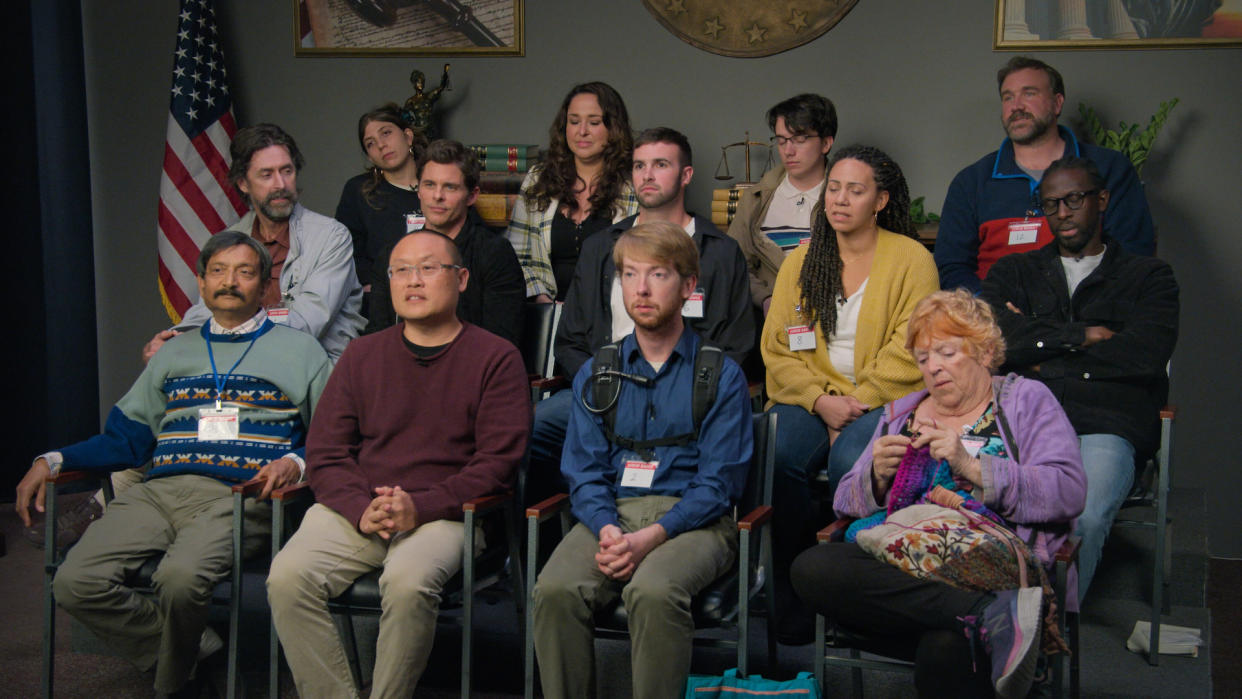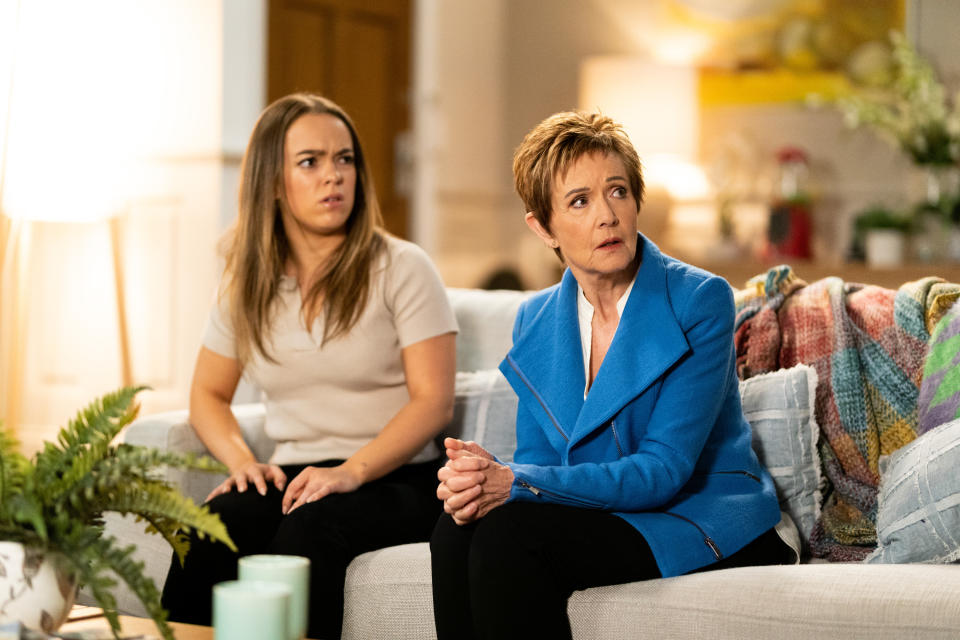Amazon Prime Video with Ads Is Here! So, What’s the Point of Freevee Now?

Happy Amazon with Ads Day!
It’s January 29, 2024, which can only mean one thing: commercials have finally come to Amazon Prime Video. Whether you realize it yet or not, unless you’ve manually opted out (to the tune of an additional $2.99 per month), you are in on Prime Video with ads. And that’s just the way Amazon likes it. Prime Video customers probably won’t like it as much; at the very least, many of them are about to be confused.
More from IndieWire
Amazon already has an ad-supported streaming-video service, Freevee. And Freevee, unlike say Pluto TV to Paramount+, is within the Prime Video ecosystem. (It remains — and will remain, we’re told — available as a standalone app as well.)
Freevee “has always been an odd duck,” TVREV co-founder and lead analyst Alan Wolk told IndieWire. “I suspect that most people who watch Freevee are not even aware they are watching it.”
The former IMDb TV is a combination on-demand and FAST (free, ad-supported streaming television; Wolk first coined the acronym) platform. Given its integration with Prime Video, combined with Amazon’s many pricing options — also including rentals, to make matters even more confusing — Wolk says many consumers “assume ‘Freevee’ is some cute term Amazon came up with for free video on Prime Video.”
It’s not, unless it becomes that. With Prime Video encroaching directly on Freevee’s ad-supported territory, what is the point of Freevee now? NBCUniversal got rid of Peacock’s free, ad-supported tier to push consumers toward paying some amount of a monthly subscription. “Freecock” (our term, as far as I can tell), had very limited programming access; Peacock now has one ad-free and one ad-supported plan.
Wolk sees Freevee likely sticking around for the long haul. Amazon can sell ads across Freevee and Prime Video, he said, “increasing the odds an advertiser can hit a target.”
But he’s not betting the house. With Amazon, “anything is possible,” he said. “If you told me they were shutting it down and rolling it into ad-supported Prime, I would be a little bit surprised, but not very.”
NScreenMedia founder and chief analyst Colin Dixon agrees with Wolk’s gut instinct.
“Content that is supported by ads wants to be seen by as many people as physically possible,” Dixon told IndieWire in a separate interview. “And while [Prime Video] does have a substantial footprint, it’s not the world. [Freevee] gives it a shot at being the world.”
He’s right: in poorer countries, almost all streaming video is subsidized by ads. Plus, when Dixon speaks of global expansion in his native British accent, it just carries more weight.

Meanwhile, back in America (where Dixon works), existing Prime Video subs are waking up to find themselves on the ad-supported tier. While Amazon never shares Prime/Prime Video subscriber numbers — just trust that they are huge thanks to the shipping perks — Prime Video instantly became the streaming service with the most ad-supported members.
Ads on Prime Video will include pre-roll, mid-roll, and sponsorship — it’ll vary by title and the load is being described by Amazon as “meaningfully low.” All of this is in the interest of more monetization; when priced properly, streaming services today aim to draw more revenue from customers watching content with ads than without.
It’s not free money, however. Dixon believes Amazon’s advertising surprise (to be fair, there has been plenty of a heads up) will have a “really negative impact” on Prime Video usage. He doesn’t forecast cancellations, but thinks Prime Video’s already “not great” engagement levels are going to drop.
Unlike Netflix, Amazon has been in the advertising business for its entire existence. That experience, which in video form also includes partner channels, live sports, and Fire TV Channels (not to mention its primary e-retail business) will help quite a bit — if the company doesn’t get in its own way with too many ad-supported video products.
“Amazon seems to have two horses in this race, and that I do not get. There was no need to do that. I have no idea why they did that,” Dixon said. “They should focus on a brand that’s already in market, Freevee, and I think works very well for them. So that’s confusing.”
Though Amazon, like everyone (except Apple) is following in Netflix’s footsteps, it is doing the dance differently. While Prime Video subs have to opt out (and pay more) to remain ad-free, Netflix introduced a cheaper plan (with ads) for subs to opt in. That way is “more consumer friendly,” Dixon said. And Amazon’s approach? A bit like kicking a “hornet’s nest.”
Best of IndieWire
Sign up for Indiewire's Newsletter. For the latest news, follow us on Facebook, Twitter, and Instagram.
Solve the daily Crossword

